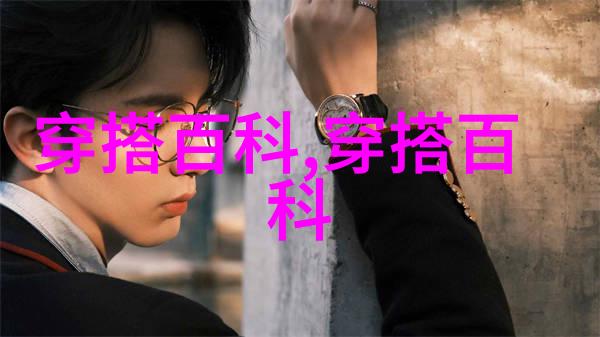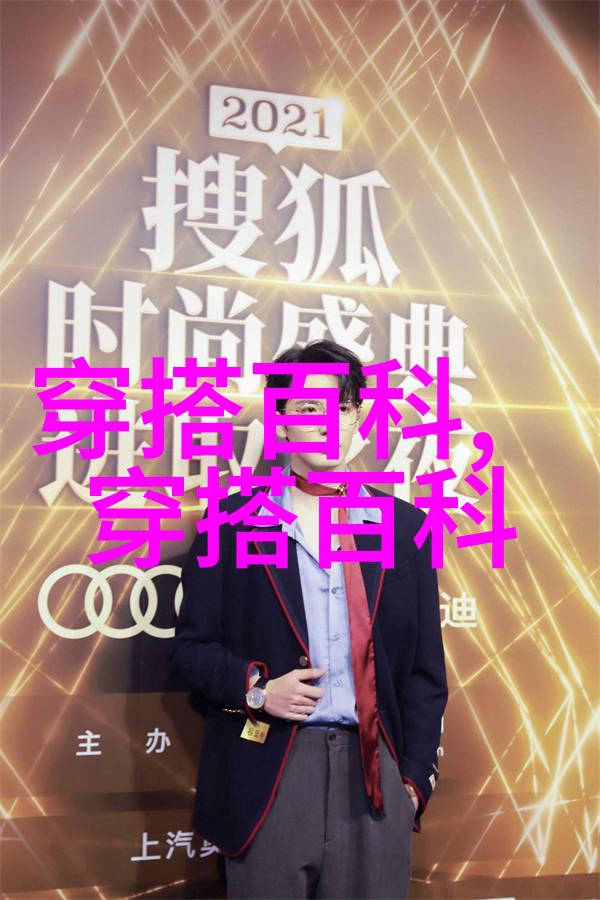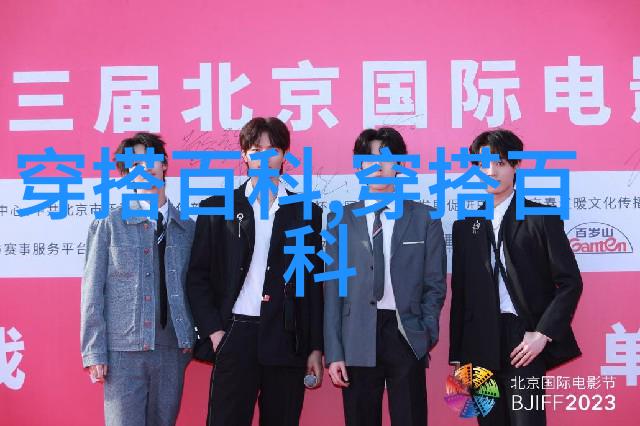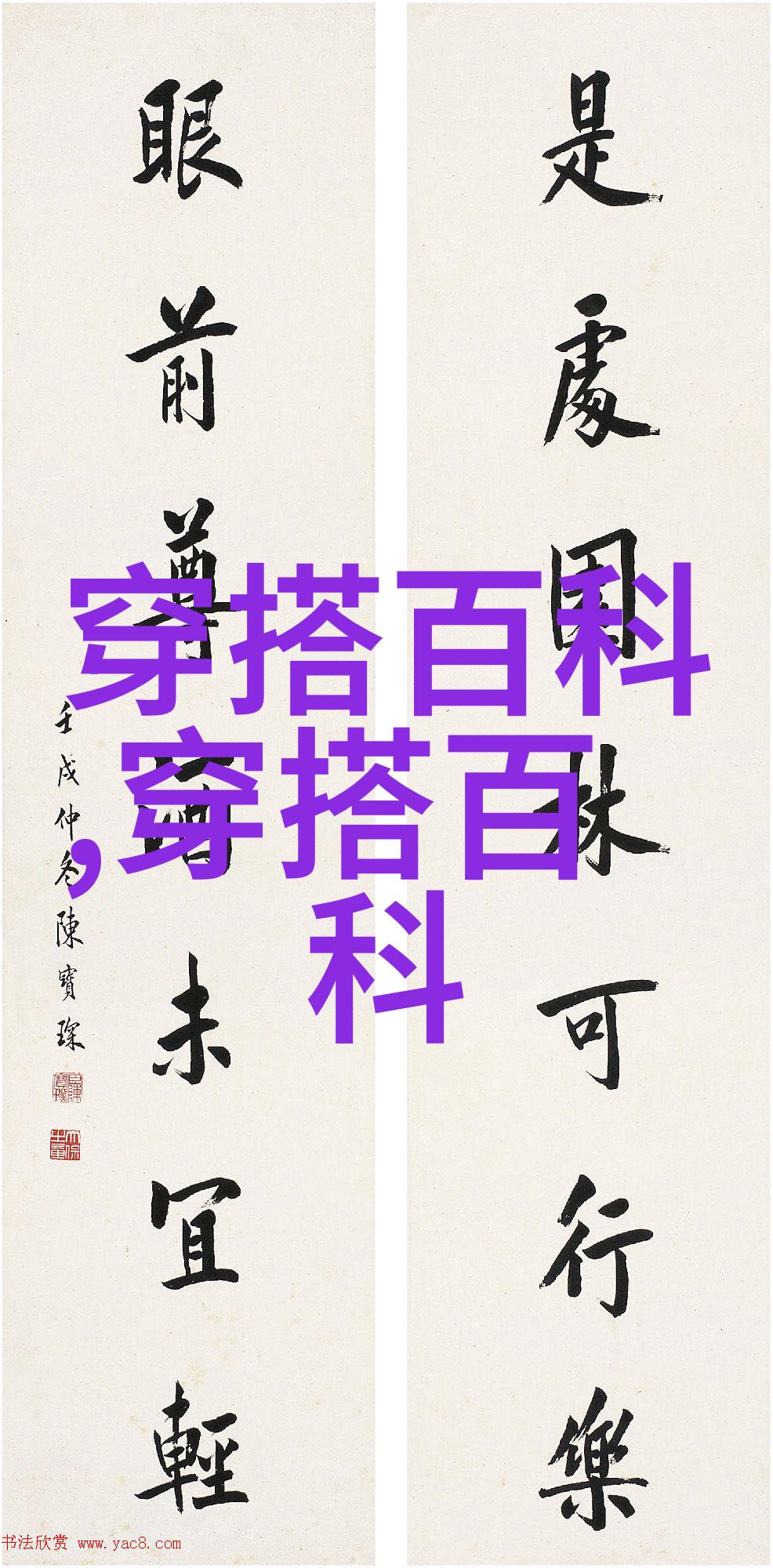The Golden Age of English Literature

The early 20th century saw the rise of a new generation of writers who sought to redefine the boundaries of literature, creating works that were both deeply personal and universally relatable. Authors such as Virginia Woolf, E.M. Forster, and D.H. Lawrence explored themes of love, identity, and social change in their writing, laying the groundwork for what would become known as modernist literature.
A Return to Classic Forms

In recent years there has been a growing interest in traditional literary forms such as sonnets and ballads. Poets like Tracy K Smith have embraced these classic structures while infusing them with contemporary themes and imagery. This revival is not limited to poetry; novelists are also experimenting with older styles and genres in order to create fresh perspectives on timeless subjects.
Vintage Language & Style

One notable aspect of this retro revival is the use of vintage language and style within contemporary works. Writers are drawing upon the rich linguistic heritage left behind by their predecessors, incorporating elements such as archaic vocabulary or complex sentence structures into their own writing for added depth and nuance.
Nostalgia & Cultural Significance

Nostalgia plays a significant role in this retro revival movement, with many authors seeking to recapture past glories or evoke memories from an earlier era through their work. At its core lies an exploration not only of individual experiences but also societal shifts over time – providing readers with unique insights into how we've evolved culturally since then.
5.A New Generation's Take on Classics

This renewed interest in vintage aesthetics extends beyond just literature itself; it has also inspired visual art movements like "retro futurism" which blends nostalgic visions from yesteryears with futuristic concepts giving us intriguing artworks that blend both old-school charm & cutting-edge technology
6.The Influence On Modern Media
Beyond books themselves this trend can be observed across various media platforms - film adaptations often incorporate period-specific costumes & settings along with music inspired by eras gone by - even fashion trends reflect a desire for nostalgia-driven aesthetics amidst our fast-paced world where everything seems constantly changing at breakneck speed
7.Social Impact Of This Movement
By embracing these vintage elements some writers aim at highlighting current issues using historical context thus sparking conversations about things like gender equality , race relations etc - they seek out parallels between past struggles faced by society & those still prevalent today hence making connections clear
8.Criticisms And Future Directions
While there's no denying that this movement offers interesting perspectives on history it does face criticism for being overly sentimental or indulgent in nostalgia Some argue that instead looking back should focus more on addressing present-day challenges rather than merely reminiscing about times long gone
9.The Role Of Technology In Shaping Artistic Expression
In conclusion technology played no small part here - advances made possible digital publishing tools allowing artists greater control over creative process without needing traditional gatekeepers' approval resulting in diverse voices being heard more easily than ever before



